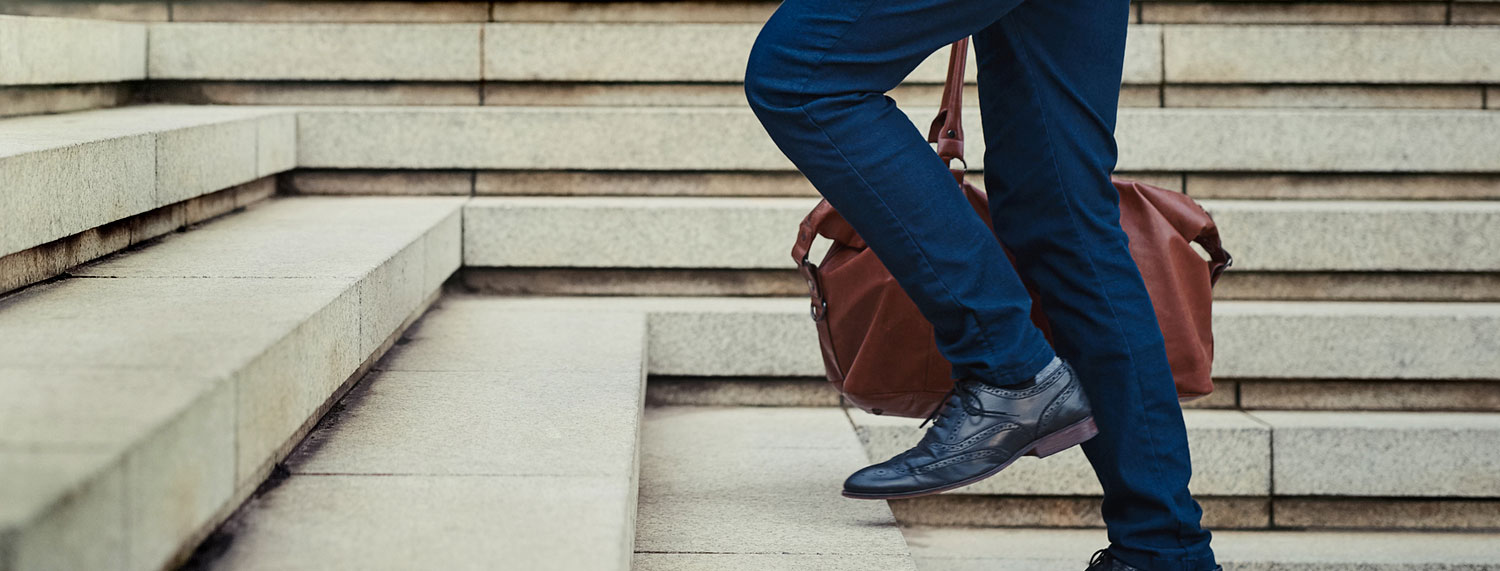Business Insurance
Client support &
value-added services.
IMA’s products and services are designed around clients’ needs, offering strong support for optimal outcomes.

IMA’s products and services are designed around clients’ needs, offering strong support for optimal outcomes.
